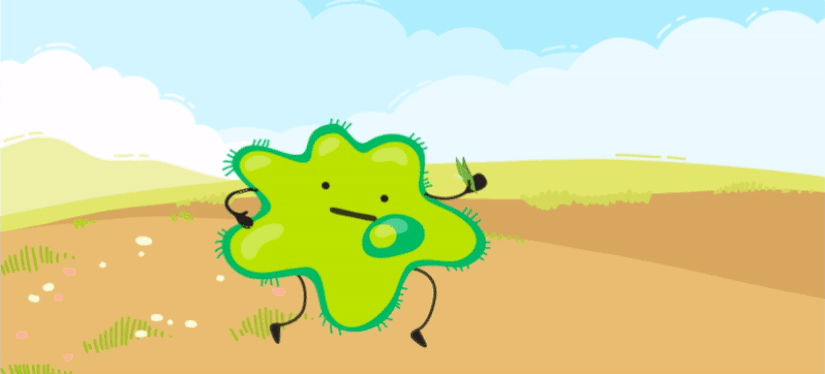
Have you ever wished that you could be a plant? Sitting pretty in a pot or in the ground, basking in the sun and making pretty flowers – seems so fun! But animals can’t be plants and vice versa. Or can they? Enter the mixotrophs – organisms that are both plants and animals!
Let’s meet and find out more about mixotrophs.
Most animals are heterotrophs, which means they depend on other organisms for their food. They get nutrients from eating other plants and animals, and cannot make their food in their own bodies. Plants, on the other hand, are autotrophs, meaning they can produce their own food without relying on other organisms. Using photosynthesis, plants take sunlight and carbon dioxide from the air and make their own food. The way we consume nutrients and gain energy is one of the most fundamental differences between animals and plants.
Mixotrophs are organisms that can do both – make their own food and consume other organisms for nutrition, whenever they need to. This is what makes them both animals and plants.
You don’t have to wonder what a mixotroph looks like. Chances are you’ve already seen one! Carnivorous plants like the Venus flytrap and the pitcher plant are examples of mixotrophs. They get their energy from eating insects and through photosynthesis. Many single-celled organisms, mostly planktons, are also mixotrophs and can switch between photosynthesis and consuming other organic matter.
Mixotrophy is common in areas where there is not enough sunlight or enough organic matter, so organisms living in these areas have to rely on two methods of getting food in order to survive. This is also why you will find many mixotrophs in the ocean, as there is limited sunlight below the surface.
One of the most studied mixotrophs is phytoplankton, which are microscopic marine algae that can be found in the billions in the sea and ocean. They also make for a great example of how mixotrophs function. In every drop of water in the ocean, there can be thousands of phytoplankton. They’re extremely important as they produce more than 50% of the world’s oxygen and serve as food for other animals like whales, dolphins, and even other phytoplankton!
These tiny organisms use sunlight to conduct photosynthesis and also consume other organisms when there is limited sunlight. Some phytoplankton and other tiny organisms will consume this same plankton but will not digest it fully. Instead, they keep the part that does photosynthesis alive within their bodies, so they can get nutrients from the phytoplankton’s photosynthesis. These organisms can go months without looking for food, thanks to the organism providing them food inside. Other planktons simply kill and eat other organisms, just like animals do.
Corals and anemones in reefs like the Great Barrier Reef are also mixotrophs. They use all the sunlight they get from being close to land and they also house many microscopic organisms like phytoplankton that provide them with nutrients.
It’s very important to study these creatures as they’re vital to our ecosystems and our survival. The way different mixotrophs function gives scientists clues about alternative sources of life and energy. It also helps to see how they function in times of climate change, which is destroying traditional means of nutrition for everyone on the planet.
If you were a mixotroph, what would be your alternative method of getting nutrition? Let us know in the comments below.
Learn more about the marvelous world of organisms in ‘Did You Know?’:
How & Why We Classify Organisms
Can These Marine Viruses Slow Climate Change?
What Are Hermaphrodites? Here’s How These Creatures Can Manipulate Their Own Gender
1. What are mixotrophs protists?
Mixotrophic protists are single-celled organisms that are both heterotrophs and phototrophs (or autotrophs). This means that these organisms can feed by depending on other organisms as well as make their own food using sunlight.
2. Where are mixotrophs found?
Most mixotrophs can be found in water, among the ocean plankton communities.
3. Why are algae not considered plants?
Algae may have chloroplasts and produce their own food through photosynthesis, but they do not have any roots, leaves, or stems, which are all defining characteristics of plants.
Madhavi is passionate about everything to do with books, art, literature, films, trivia and food. A former journalist, she believes that asking questions makes life interesting.